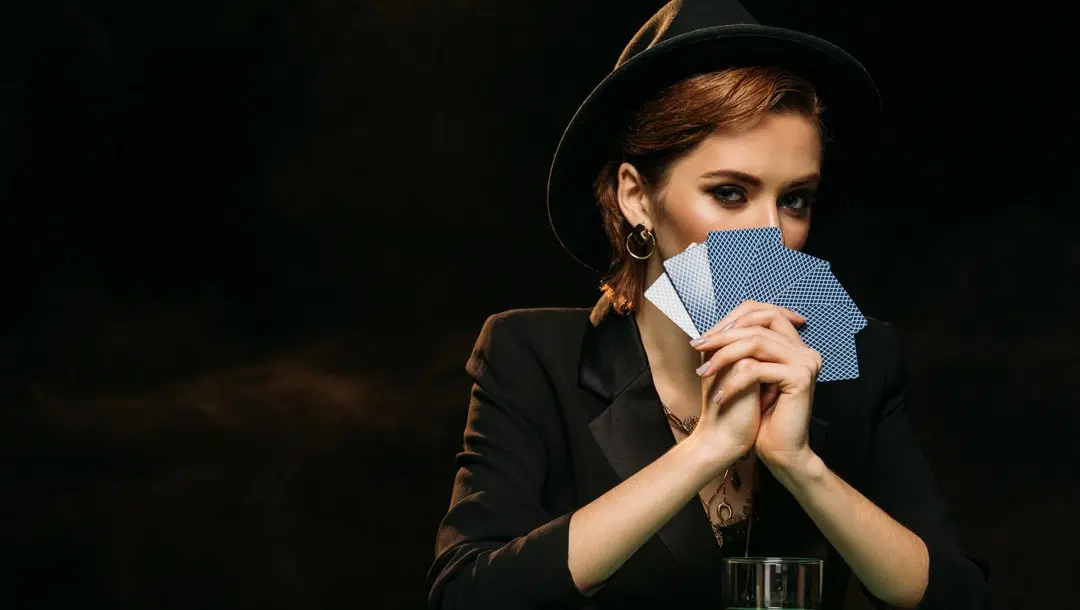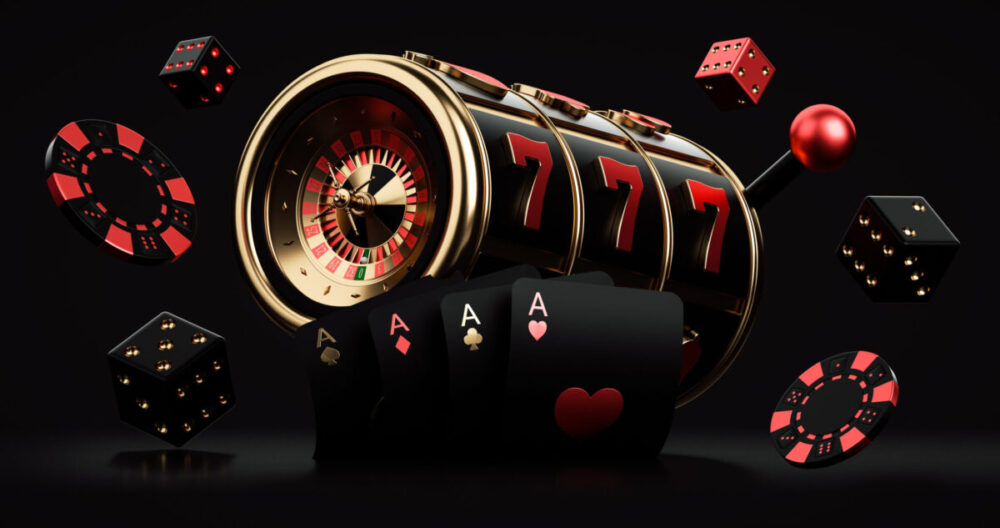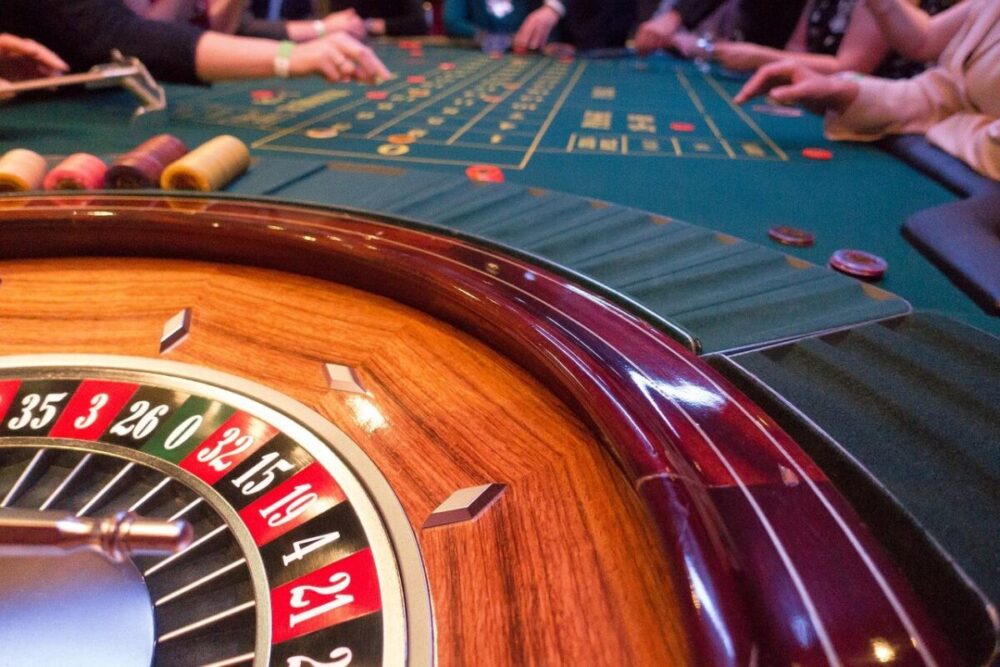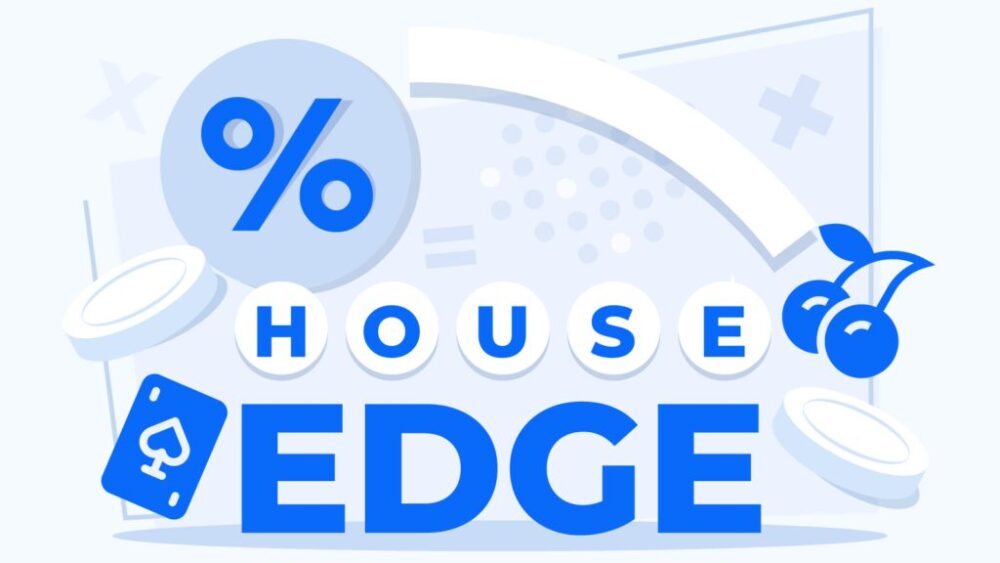Poker, a game of skill, strategy, and a bit of luck, demands more than just understanding the rules. The ability to read your opponents can make the difference between winning and losing. This guide offers invaluable insights into deciphering whether someone is bluffing. Mastering these techniques will not only improve your game but also enhance your observation skills.
The Basics of Bluff Detection
Bluffing, an essential strategy in poker, involves deceiving opponents about the strength of one’s hand. Recognizing a bluff requires keen observation and understanding of human psychology.
Players often try to control their facial expressions, but microexpressions—brief, involuntary facial movements—can reveal true emotions. Pay attention to quick flashes of fear, happiness, or disappointment.
In the realm of poker, where strategy and skill intersect, understanding betting patterns emerges as a crucial element in deciphering an opponent’s hand. A sudden increase in bet size or a shift to aggressive betting after a period of passive play could hint at a bluff. This tactical shift, reminiscent of the unexpected twists and turns in a game played at prestigious venues like Shangri La, where high stakes and skilled competition are the norms, can be a telltale sign of deception.
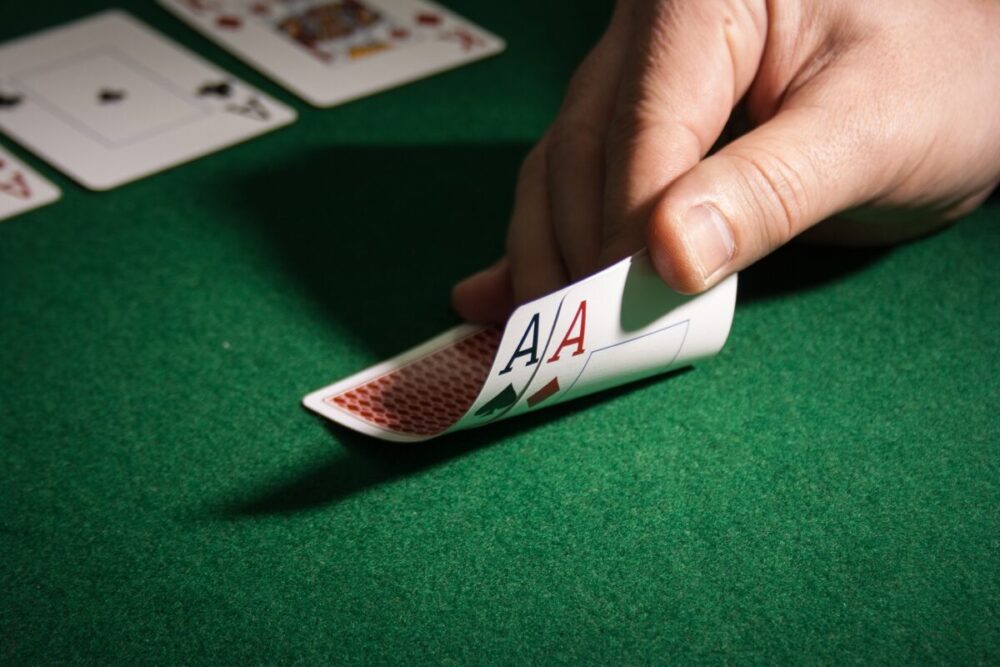
Advanced Techniques in Bluff Spotting
To become proficient in spotting bluffs, one must go beyond the basics and employ advanced strategies. These techniques require practice and a deep understanding of the game.
This is a battle of wits. Skilled players use psychological tactics to manipulate opponents. Recognizing when you’re being psychologically manipulated can help you identify bluffs.
Some players project confidence to mask a weak hand, while others may feign weakness when holding strong cards. Be wary of players who suddenly change their demeanor or engage in conversation designed to elicit a reaction.
The context of the game can provide clues about a player’s intentions. Consider factors such as the stage of the game, the size of the pot, and the player’s position. A bluff is more likely in situations where the potential reward outweighs the risk.
Understanding your opponents’ playing style is crucial. A conservative player who makes a bold move may be bluffing, while an aggressive player might not be. Analyzing the context requires a comprehensive understanding of both the game and your opponents.
Mastering the Art of Reading Opponents
The ability to read opponents is a skill that takes time and practice to develop. It involves not only observing physical and behavioral cues but also understanding the psychological aspects of the game.
Observation is key to reading opponents. Pay attention to everything from facial expressions and body language to betting patterns and gameplay strategy. Remember, consistency is as telling as inconsistency.
Practicing observation skills outside of poker can improve your ability to notice subtle cues. This heightened awareness will make it easier to detect bluffs during a game.
Psychological tells are subtle, often unconscious signals that reveal a player’s thoughts or emotions. They can be the most reliable indicators of a bluff but are also the hardest to interpret.

Conclusion
Reading opponents in poker is an art form that combines observation, psychology, and strategy. While recognizing bluffs is a key component, the ultimate goal is to understand your opponents’ intentions and strategies. With practice and patience, you can develop the skills necessary to become a formidable player. Remember, every game is an opportunity to learn and improve.

